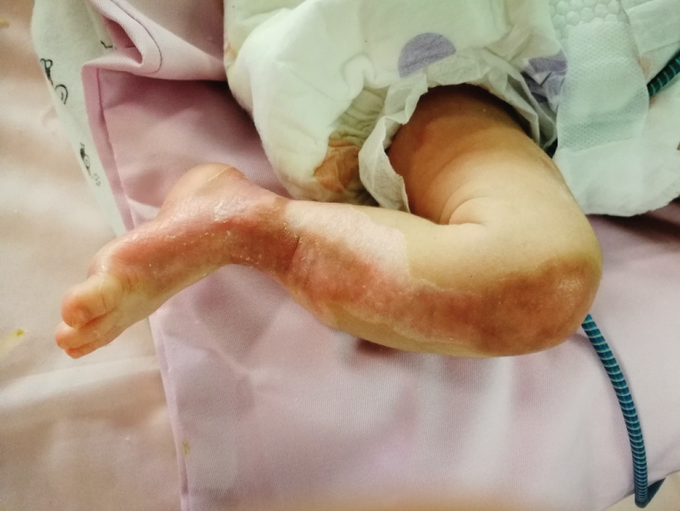


Aplasia Cutis Congenita
Aplasia Cutis Congenita is a disorder of the skin characterized by congenital absence of the skin. It may or may not be accompanied by the absence of underlying structures like bones. There is no single cause for this disorder and instead it is multifactorial. Some of the contributing factors include genes, teratogens, placental infections, trauma etc. The most common site involved is the scalp but it may affect other areas of the body too like the face, trunk or limbs. The clinical features include non-inflammatory, well demarcated areas of skin loss varying in size from 0.5cm-10cm. Sometimes patients with aplasia cutis congenita also have other congenital malformations such as gastroschisis, omphalocele, meningomyocele etc. Rarely, the affected areas may have complications like secondary wound infection or arterial bleeding. Small areas of defect usually heal on their own especially those on the scalp forming a hairless scar. The treatment is usually conservative and involves application of bland ointments and cleaning the area to prevent secondary infection. If in case an infection occurs then the use antibiotics is beneficial. However, sometimes larger defects require surgical repair.

